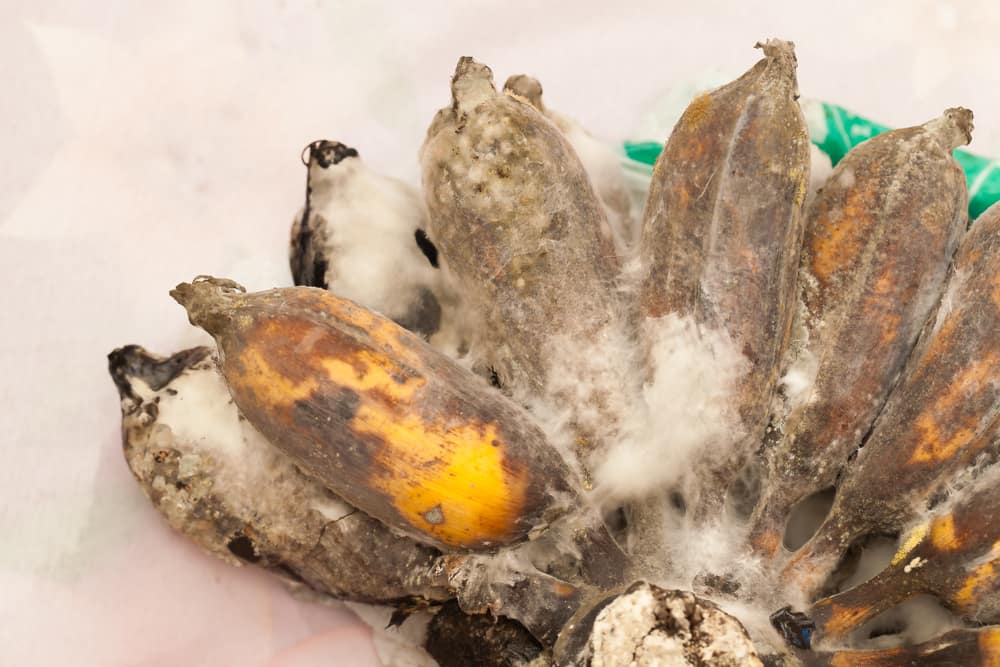Infection induced by contaminated pharmaceutical products
Table of Contents
Pharmaceutical products may be contaminated by pathogenic microorganisms mainly from raw materials or at the time of preparations. These contaminated pharmaceuticals may cause serious infections the patients when they use these drugs or formulations. Cholera in a West African country was traced to an oral liquid drug which had been prepared with contaminated water. Recently, several children died in the UK from septicaemia caused by Pseudomonas contamination of parenteral nutritional fluids during their aseptic preparation. Different dosage forms and contaminated microorganisms which are responsible for diseases are given in Table.1.
Table.1: Contaminating micro-organisms and their infections

Physical and chemical deterioration of products
Pharmaceutical formulations may be considered specialised micro-environments. Some naturally occurring ingredients are particularly sensitive to attack. Crude vegetable and animal drug extracts often contain wide assortments of microbial nutrients besides therapeutic agents. The rate of deterioration of ingredients depends upon their chemical structure, the physico-chemical properties of a particular environment and the level of microbial contamination present.
Observable effects of microbial attack on products
Microbial spoilage of different dosage forms may be detected by organoleptic tests. These spoiled products may release very unpleasant smelling and tasting metabolites such as ‘sour’ fatty acids, ‘fishy’ amines, and ‘earthy’ or sickly tastes and smell. Formulations may become coloured green, pink, brown, black or yellow by diffusible microbial pigments. Spoiled creams by the microbial attack may become lumpy or gritty. Degradation of surfactant and lowering of pH by lipase attack of triglycerides induces progressive coalescence of lipid droplets and eventually complete separation of the two phases. Surface activity is reduced at a very early stage in the metabolism of most surfactants. Thickening and suspending agents produce a marked reduction in viscosity by depolymerisation.
Ingredients susceptible to microbial attack
(i) Therapeutic agents: Laboratory experiments have demonstrated that many drugs are capable of gross degradation by a wide variety of microorganisms. Potent therapeutic agents such as analgesics (aspirin, paracetamol), alkaloids (morphine, atropine), barbiturates, steroid esteres etc. can be metabolised and serve as substrates for microbial growth. Aspirin may be converted to salicylic acid and penicillin (by β – lactamase) or chloramphenicol (by chloramphenicol acetylase) to inactive products. Localised transformation of steroids has been observed around fungal colonies growing on the surface of steroid tablets and in steroidal creams. Many microbial transformations are useful for the production of potent steroids.
(ii) Surface active agents: Alkali-metal and amine soaps of fatty acids (anionic surfactants) are generally stable due to the slightly alkaline pH of the formulations, which is easily degraded in sewage. Alkyl and alkylbenzene sulphonates and sulphate esters are metabolised by ω-oxidation of their terminal methyl groups followed by sequential β-oxidation of the alkyl chains and fission of the aromatic rings. The cationic surfactants used as antiseptics and preservatives in pharmacies are slowly degraded at high dilution in sewage. Alkylpolyoxyethylene alcohol emulsifiers (non-ionic surfactants) are readily metabolised by a wide variety of microorganisms. Microbial resistance may be observed by increasing chain length and branching of emulsifiers. Ampholytic surfactants such as phosphatides, betaines and alkylamino-substituted amino acids are an important group of surfactants and are reasonably biodegradable.
(iii) Polymers and humectants: Thickening and suspending agents used in pharmacy are subjected to microbial depolymerisation by extracellular enzymes yielding nutritive fragments and monomers e.g. starch (amylases), pectin (pectinases), dextran (dextranases), protein (proteases), carboxymethyl cellulose (cellulases) and tragacanth (uronidases). Polyethylene glycols are readily degraded by sequential oxidation of the hydrocarbon chains but agar (complex polysaccharides) is a relatively inert polymer. Polymers used in plastic packaging are extremely resistant to microbial attack. Glycerol and sorbitol (humectants) in pharmaceuticals readily support microbial growth unless present in high concentration.
(iv) Fats and oils: Fats and oils (hydrophobic substances) are usually attacked extensively when dispersed in aqueous formulations such as oil-in-water emulsions. Fungal growth is reported in condensed moisture films on the surface of bulk oils or if water droplets contaminate the bulk phase during storage. Lipolytic breakdown of trigycerides liberates glycerol and fatty acids, then by β-oxidation of the alkyl chain produces odourous ketones. The microbial metabolism of hydrocarbon oils presents a considerable problem in engineering and fuel technology when water is present as a contaminant.
(v) Preservatives and disinfectants: Most organic preservatives and disinfectants are metabolised readily by many bacteria and fungi and may serve as growth substrates at concentrations below their effective ‘use’ levels. Organomercurial preservatives discharged into rivers from paper mills have been extensively converted to toxic alkyl mercury compounds which could reach humans via an ascending food chain. Degradation of agents at required concentrations in different dosage forms is less commonly reported. Pseudomonas species have metabolised 4-hydroxybenzoate ester preservatives contained in eye drops and caused serious eye infections. Many disinfectants show the growth of microorganisms if these chemicals are in dilute form.
(vi) Sweetening, flavouring and colouring agents: Many sugars and other sweetening agents used in pharmacy are ready substrates for microbial growth. However, some are used in very high concentrations to reduce water activity in aqueous products and inhibit microbial attack. Aqueous stock solutions of flavouring agents such as peppermint water and chloroform water and colouring agents such as amaranth or tartrazine readily support the growth of bacteria and yeasts.
Make sure you also check our other amazing Article on : Laminar Flow Equipments
